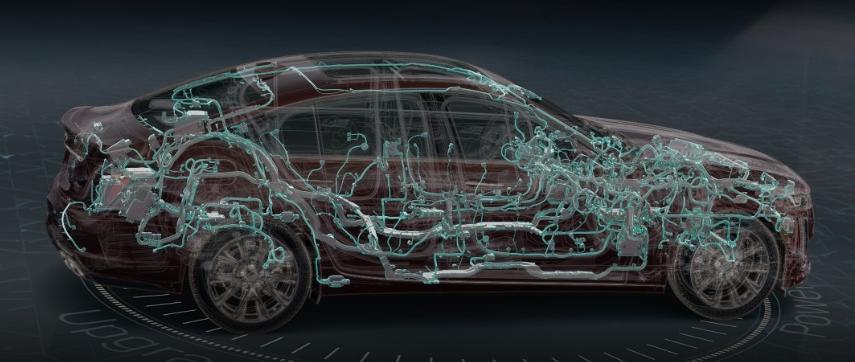
General Motors unveils its digital vehicle platform
General Motors has unveiled its all-new electronic platform for its next-generation of vehicles.
As the automotive industry and vehicles evolve in the next five to 10 years, more electrical bandwidth and connectivity will be needed to ensure that features such as electric propulsion systems, the Super Cruise driver assistance feature and advanced active safety systems can all run in conjunction with each other.
Debuting on the recently-unveiled 2020 Cadillac CT5 sedan, the electronic platform will go into production later this year and should be rolled out to most vehicles within GM’s global lineup by 2023.
The technology powers an electronic system, capable of managing up to 4.5 terabytes of data processing power per hour, a fivefold increase in capability over GM’s current electrical architecture.
With an expanded capacity for smartphone-like over-the-air software updates, the system enables the adoption of functionality upgrades throughout the lifespan of the vehicle.
The new architecture also provides more rapid communications within the vehicle itself and to outside sources thanks to Ethernet connections of 100Mbps, 1Gbps, and 10Gbps.
“The critical role of software and its importance to our vehicles, both now and for years to come, cannot be overstated,” said GM President Mark Reuss.
“Our new digital vehicle platform and its eventual successors will underpin all our future innovations across a wide range of technological advancements, including EVs and expanded automated driving.”
Cybersecurity is another key pillar of the new architecture. The system includes additional protective features at the hardware and software levels.
GM created an integrated and dedicated global Product Cybersecurity organisation, a team of experts within the company focused on protecting against the potential risk of unauthorised access to vehicles and customer data.
GM implemented years ago a security vulnerability disclosure program to engage more closely with the research community. It has matured to become a formal “bug bounty” program.
GM also chairs the Auto-ISAC (Automotive Information Sharing & Analysis Center), a community of private and public-sector partners that shares and analyses intelligence about emerging cybersecurity risks for the automotive industry.
The electronic platform was developed at GM facilities across the globe by a team of electrical, hardware and software engineers.
